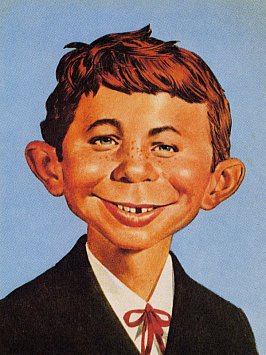I was in the midst of reviving this old thread but thought the better of it. Figured I'd start a fresh thread to address my specific concerns.
So, in terms of definition, I feel there should be a distinction and unified understanding in what constitutes your waist. As pointed out in the thread I've linked above, currently it's a bit subjective based on your body type and shape.
In doing research about this, I've come to learn that anatomically your waist is located midway between your lowest rib and your iliac crest (top of pelvis). For me this happens to be 1" above my navel (or omphalos, as Shaver taught me today). However, apparently this is not the same as your "natural waistline". Your natural waistline is defined as either the narrowest part of your torso or where your torso naturally creases when you bend your spine to the side, depending on who you ask. For me this happens to be somewhat around 2 - 3" below my navel, which happens to align with the concave indents a few inches above my hip bone.
To further prove that there's a universal misunderstanding on this, at least in the men's sartorial, in this thread, username a tailor (not sure if real tailor, no offense) states that you "true" waist is located at the concave indents a few inches above your hip bone, and that this is where tailors situate the waistline. But others in that thread giver other locations for the waist.
This shouldn't be this confusing or ambiguous. Yes we come in different shapes and sizes but anotomically all our elbows are located in the same place. So I propose that maybe we call our anotomical waist the 'true waist' and the other "waist" our 'natural waist' or 'fashion waist'.
Next, what is the difference between the rise that is measured outseam minus inseam, and the rise that is measured from waistband to crotch? I figure it's the same number (it is), but people reference it like it's different things?
Lastly, in the two threads I've linked above, many were talking about wearing their pants/trousers at or around there navel. For these people, where do you buy such pants/trousers? OTR or MTM? Any brand names to start my search would be appreciated.
And part 2 of this last question, do you wear these pants/trousers that sit at or around the navel without a jacket? Like for casual or work attire?
I've been searching these topics all weekend and there's all kinds of contradictory info about them on this forum and elsewhere on the internets. I'd go on but this is long enough so I'll stop here for now.
Thanks.
So, in terms of definition, I feel there should be a distinction and unified understanding in what constitutes your waist. As pointed out in the thread I've linked above, currently it's a bit subjective based on your body type and shape.
In doing research about this, I've come to learn that anatomically your waist is located midway between your lowest rib and your iliac crest (top of pelvis). For me this happens to be 1" above my navel (or omphalos, as Shaver taught me today). However, apparently this is not the same as your "natural waistline". Your natural waistline is defined as either the narrowest part of your torso or where your torso naturally creases when you bend your spine to the side, depending on who you ask. For me this happens to be somewhat around 2 - 3" below my navel, which happens to align with the concave indents a few inches above my hip bone.
To further prove that there's a universal misunderstanding on this, at least in the men's sartorial, in this thread, username a tailor (not sure if real tailor, no offense) states that you "true" waist is located at the concave indents a few inches above your hip bone, and that this is where tailors situate the waistline. But others in that thread giver other locations for the waist.
This shouldn't be this confusing or ambiguous. Yes we come in different shapes and sizes but anotomically all our elbows are located in the same place. So I propose that maybe we call our anotomical waist the 'true waist' and the other "waist" our 'natural waist' or 'fashion waist'.
Next, what is the difference between the rise that is measured outseam minus inseam, and the rise that is measured from waistband to crotch? I figure it's the same number (it is), but people reference it like it's different things?
Lastly, in the two threads I've linked above, many were talking about wearing their pants/trousers at or around there navel. For these people, where do you buy such pants/trousers? OTR or MTM? Any brand names to start my search would be appreciated.
And part 2 of this last question, do you wear these pants/trousers that sit at or around the navel without a jacket? Like for casual or work attire?
I've been searching these topics all weekend and there's all kinds of contradictory info about them on this forum and elsewhere on the internets. I'd go on but this is long enough so I'll stop here for now.
Thanks.









